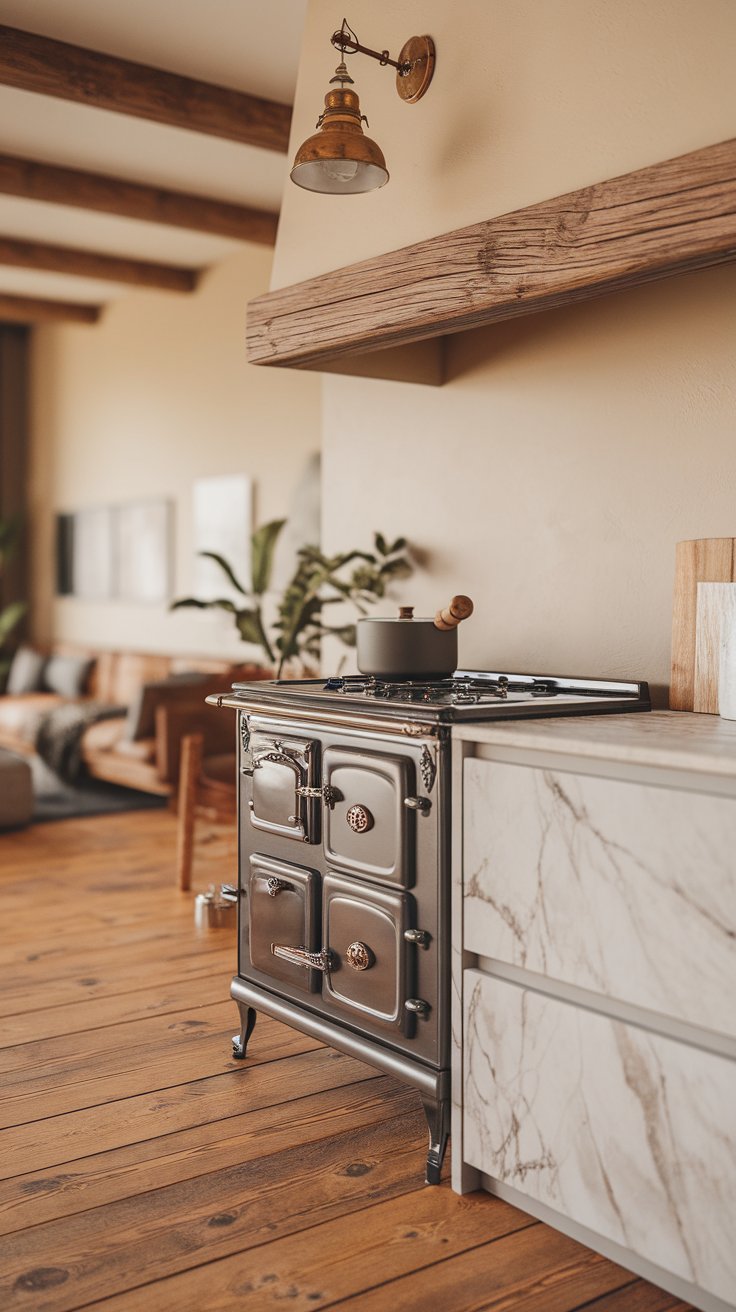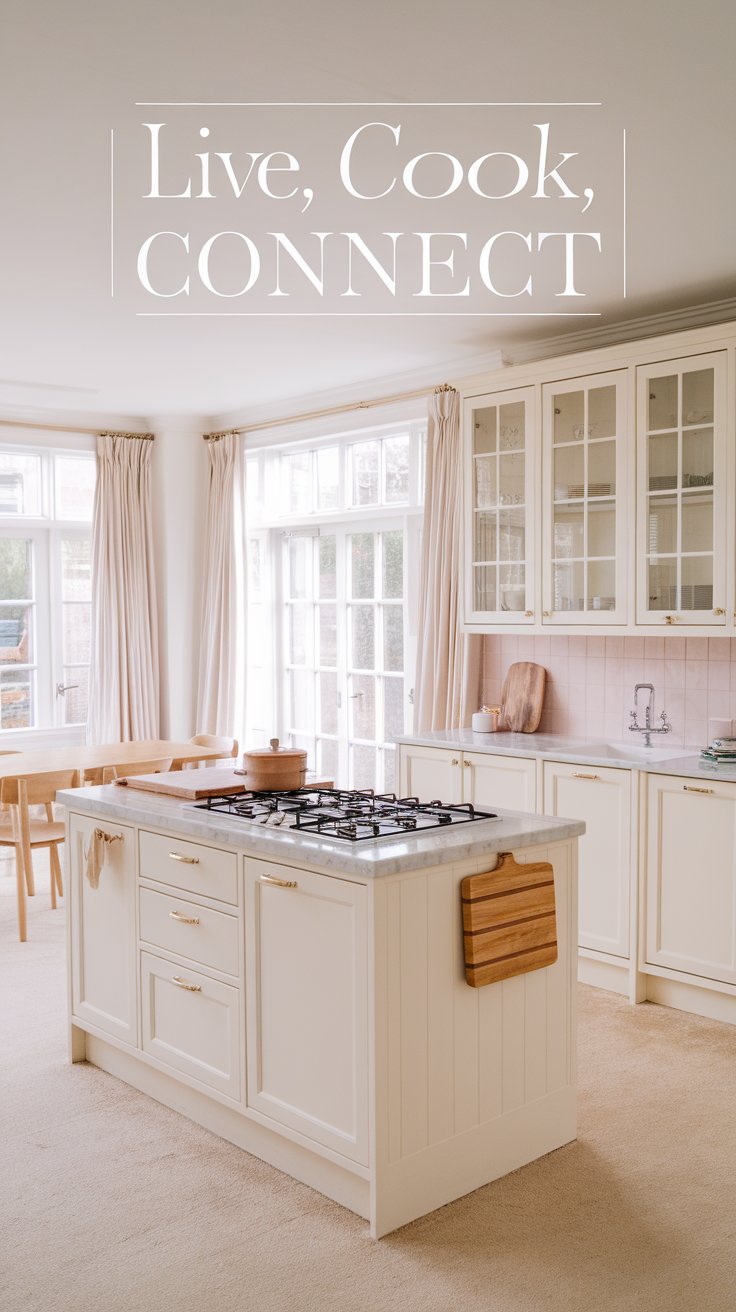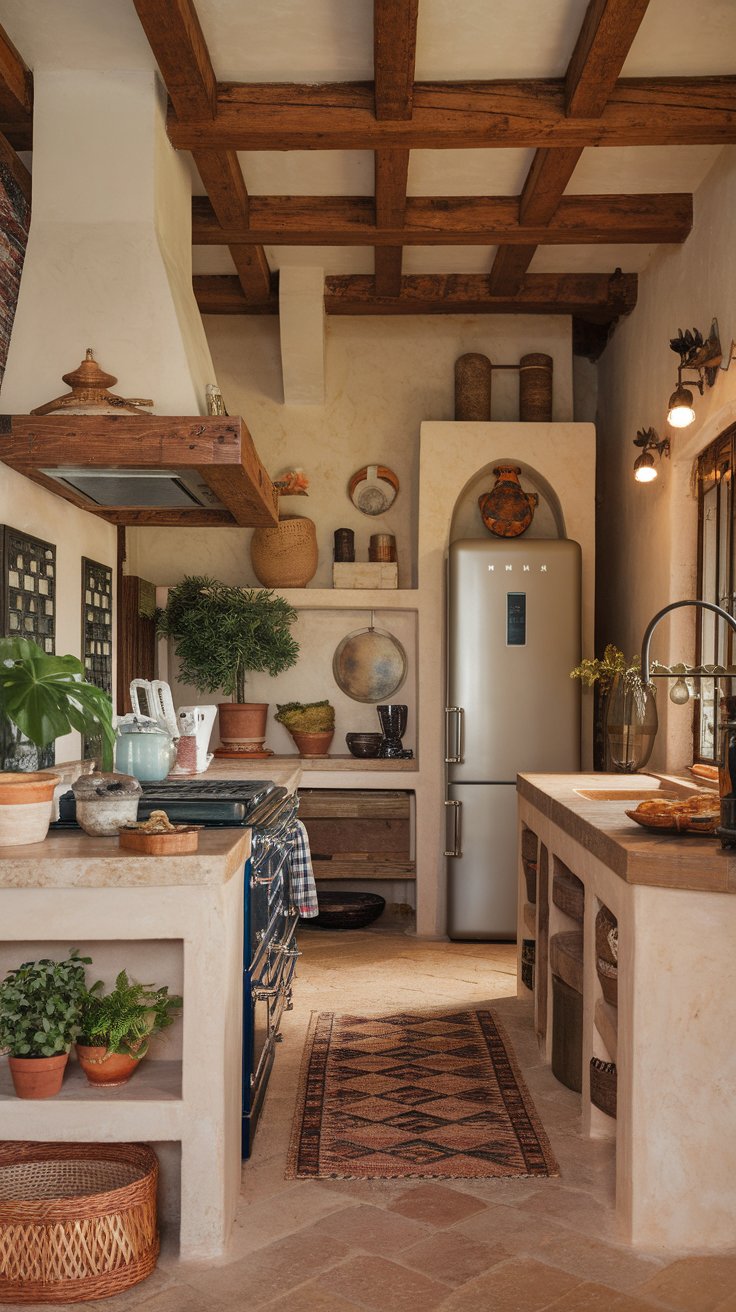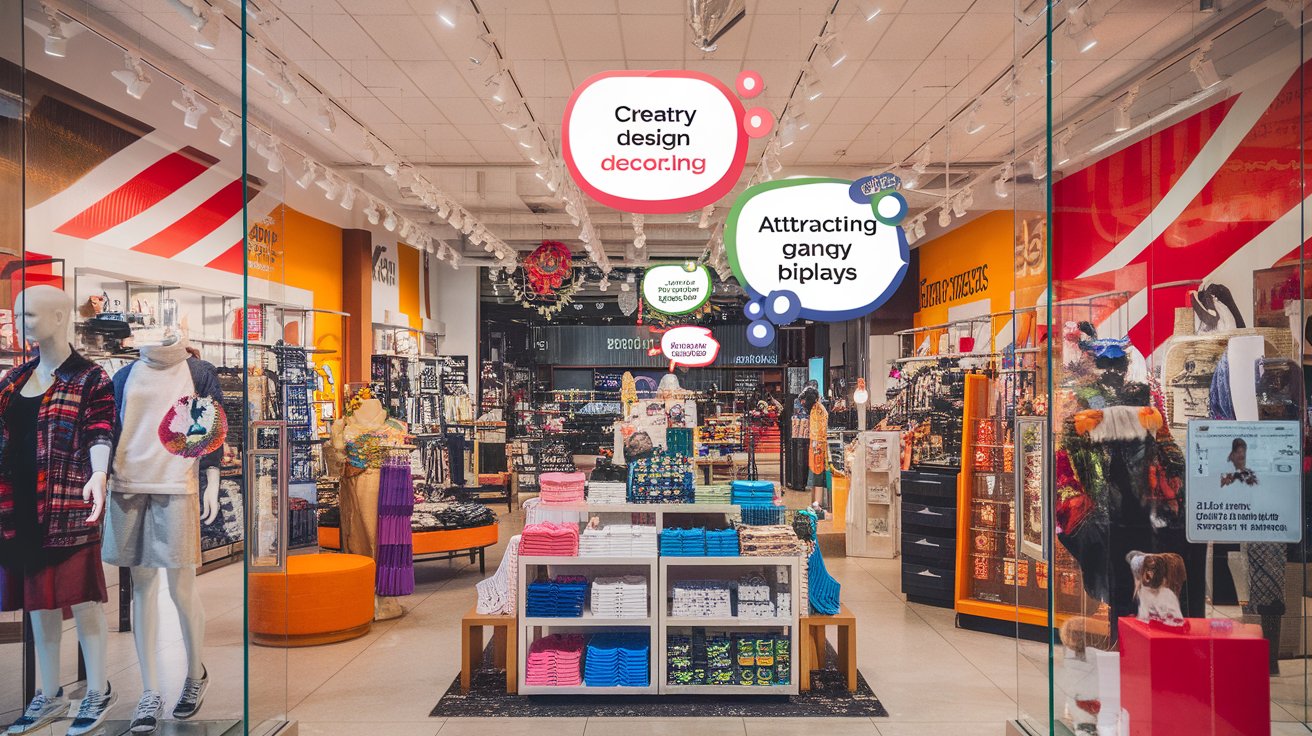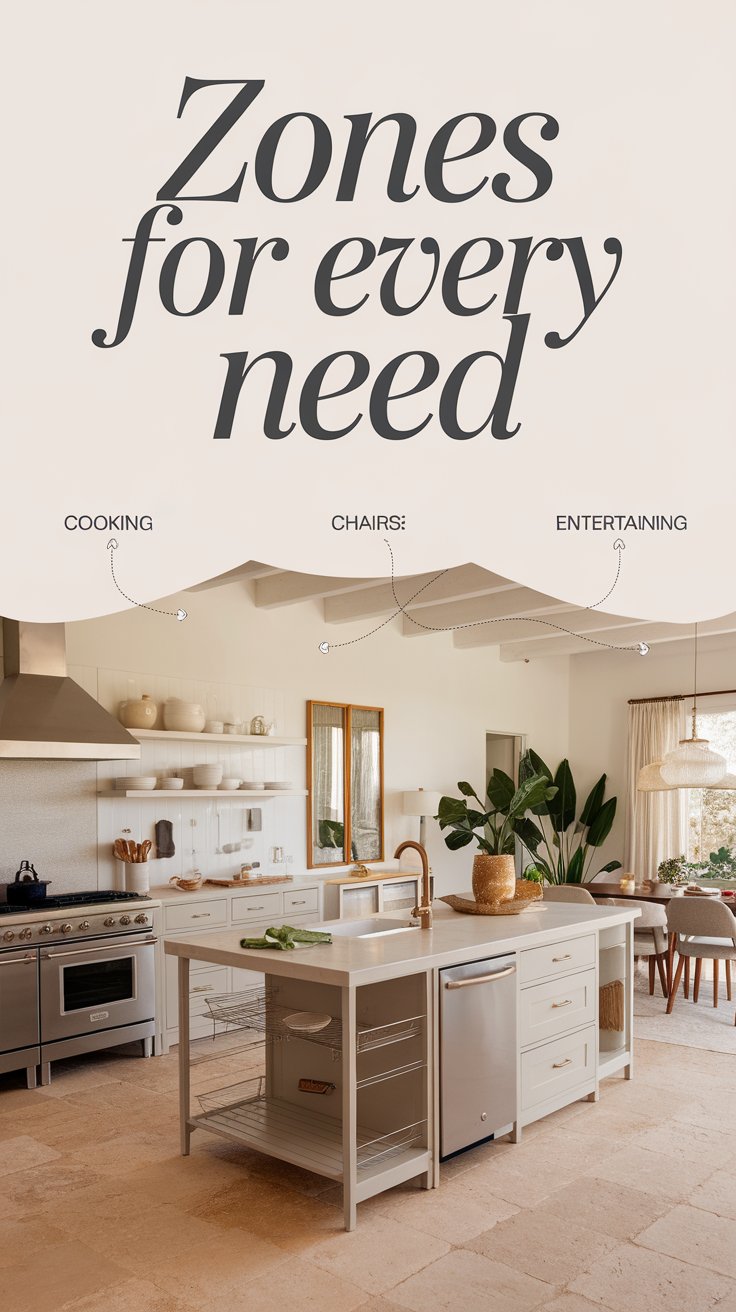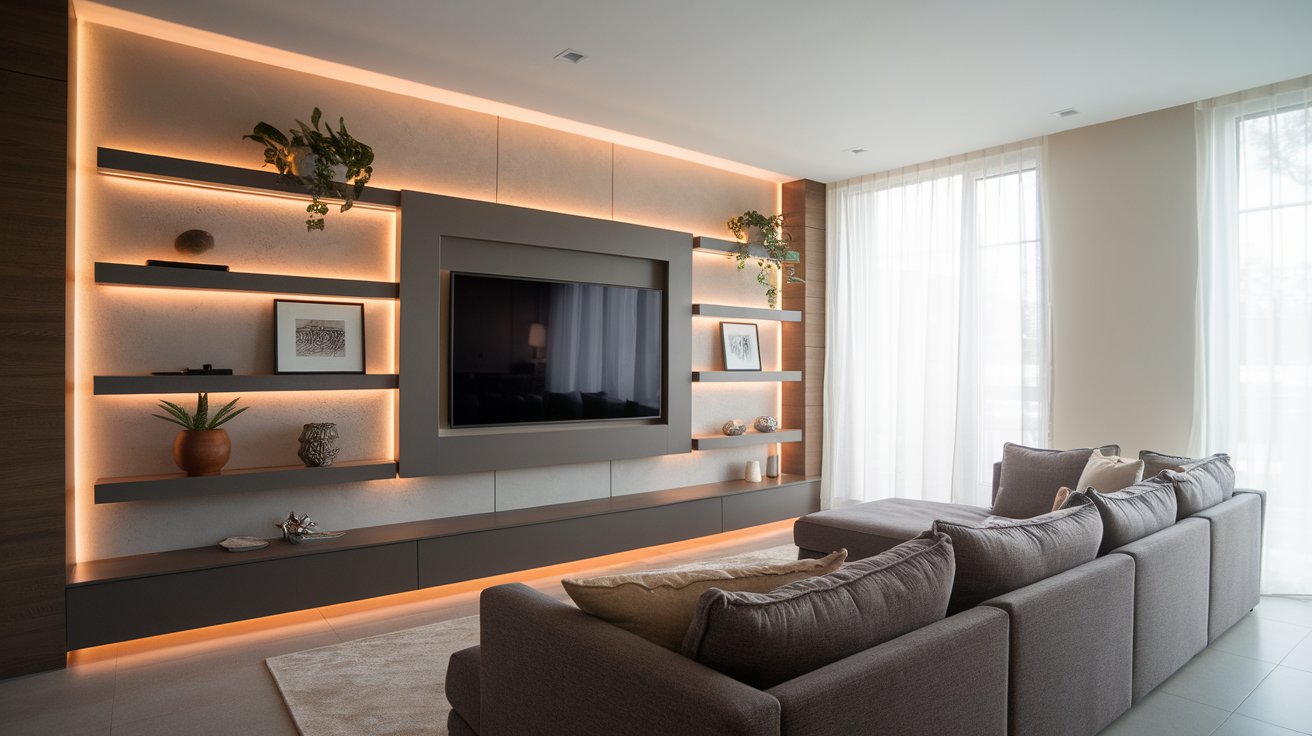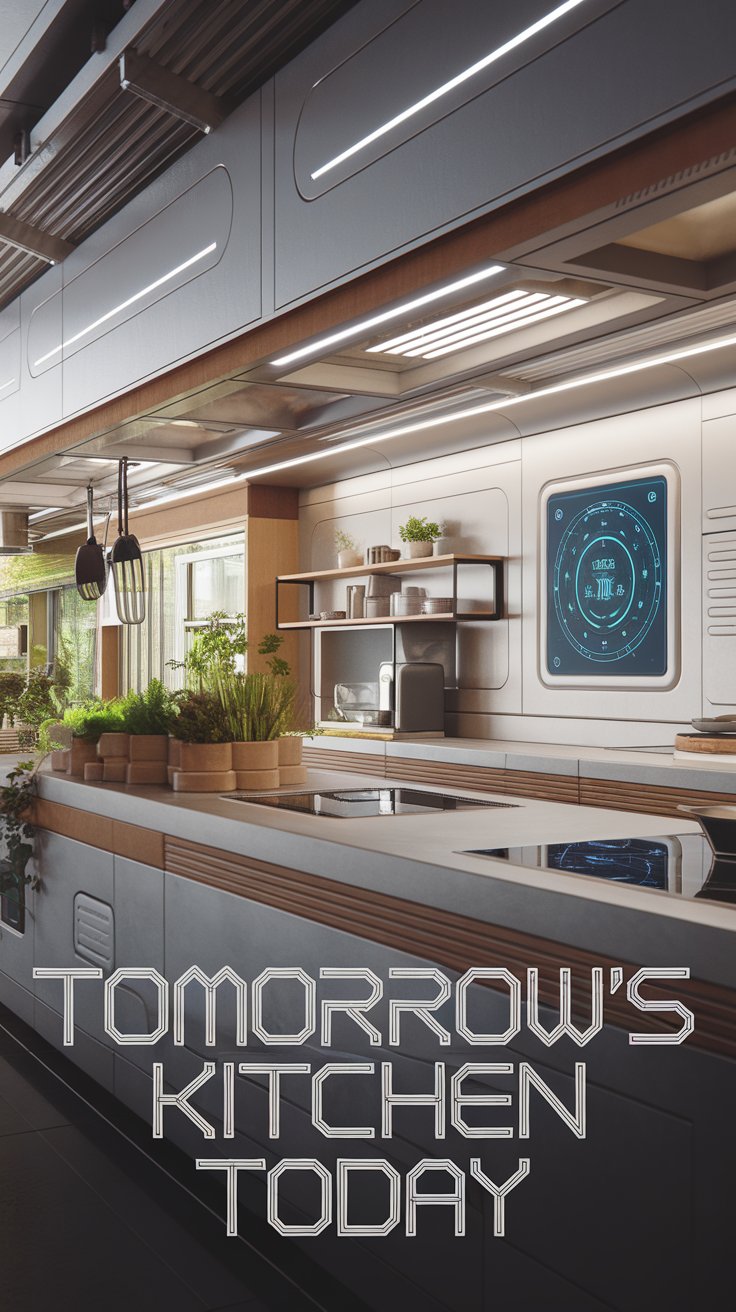Introduction
Open kitchen designs have revolutionized the way we view and interact with culinary spaces. This modern design trend not only enhances aesthetics but also promotes a seamless flow between cooking and socializing. By eliminating barriers such as walls and closed-off areas, open kitchens invite family and friends to engage in the cooking process, transforming mere food preparation into a vibrant social event. In residential settings, these designs cater to the growing desire for multitasking spaces where cooking, dining, and entertaining coexist harmoniously.
Beyond mere functionality, open kitchen designs reflect a lifestyle of openness and collaboration. They encourage participation from everyone, fostering creativity and interaction among those present. With the right layout and appliances, these kitchens evolve into dynamic platforms for culinary exploration and shared experiences.
The Evolution of Open Kitchen Designs: Interactive Culinary Spaces
A Historical Perspective on Kitchen Layouts
The transformation of kitchen designs has been a fascinating journey, mirroring societal shifts and changing architectural styles throughout history. In centuries past, kitchens were often relegated to the back of the house, isolated from the main living areas. These traditional layouts prioritized functionality over aesthetics, with a focus on workability for domestic staff. The kitchen was a place of labor, obscured from the eyes of family life, leading to a disconnect between cooking and social interaction.
The advent of the 20th century brought significant changes due to several influences, including advancements in technology and evolving cultural norms surrounding food and family life. The post-World War II era saw the concept of home as a space for gathering gain prominence. As families began to prioritize shared experiences and open living spaces, the kitchen evolved from a utilitarian workspace into a communal hub.
The Architectural Influence on Open Kitchen Designs
The rise of open kitchen designs can be closely linked to modern architectural styles, particularly the minimalist and mid-century designs. These styles emphasize clean lines, functionality, and the seamless blending of indoor and outdoor spaces. Open kitchens are characterized by their integration with dining and living areas, facilitating interaction and engagement. This layout encourages a social atmosphere where cooking becomes an event rather than a solitary task.
Societal changes have driven this transformation. A growing emphasis on health and wellness has led to more families cooking at home, thus increasing the need for interactive culinary environments. Trends in food culture, including the farm-to-table movement, promote the idea of cooking as a communal and artistic experience, rather than merely a chore. In response, architects and designers have crafted spaces that highlight the beauty of food preparation while fostering connection among family members and guests.
As we move further into the 21st century, open kitchen designs continue to evolve. The embrace of technology, such as smart appliances and innovative material choices, allows for even greater customization and functionality. This evolution not only meets the demands of modern lifestyles but also reflects a deeper understanding of how our environments impact social behaviors and culinary practices. The journey from isolated kitchens to inviting, interactive culinary spaces serves as a testament to the dynamic relationship between architecture, culture, and communal living.
Benefits of Open Kitchen Designs: Practical Advantages of Interactive Culinary Spaces
Natural Light and Its Impact
One of the most significant benefits of open kitchen designs is the maximization of natural light. Traditional kitchen layouts often confine space, limiting light penetration. In contrast, open kitchens often feature expansive layouts with minimal barriers, allowing sunlight to flood the area. According to a study published in the Journal of Indoor Environment, workplaces that incorporate natural light can lead to a 15% increase in productivity and overall well-being.
Enhanced Social Interaction
Open kitchen designs facilitate seamless social interactions among family members or guests. Instead of being isolated in a corner, the cook becomes a central figure within the home’s social landscape. This layout encourages conversation and connection, creating a more inviting and dynamic atmosphere. Research from the American Psychological Association highlights that open spaces foster better community engagement, suggesting that homes with open kitchen designs see increased family time by an average of 30%.
Improved Workflow and Efficiency
The layout of open kitchens allows for improved workflow, significantly enhancing cooking efficiency. An open design eliminates barriers between the chef and the dining area, reducing the time it takes to serve meals and cleaning up afterward. A study conducted by the National Kitchen and Bath Association found that 84% of culinary professionals reported improved productivity in open kitchen environments, attributing this to easier access to appliances and other cooking essentials.
Versatile Space Utilization
Another practical advantage of open kitchen designs is their versatility in space utilization. The absence of walls allows for more flexible layouts that can easily adapt to both formal gatherings and casual family dinners. This adaptability is particularly beneficial in modern homes where homeowners often entertain guests. Statistics from a 2020 survey by the National Association of Home Builders indicate that 65% of prospective buyers prefer open kitchens for their multifunctional capabilities, making it a smart investment in property value.
The advantages of open kitchen designs extend beyond aesthetics. Increased natural light, social connectivity, workflow efficiency, and space versatility make them a compelling choice for modern homeowners aiming to create engaging and inviting cooking environments. The data underscores the practicality of such designs, presenting a strong case for their widespread adoption in both new constructions and renovations.
Key Elements of Open Kitchen Design: Creating Interactive Culinary Spaces
Layout and Flow in Open Kitchen Designs
The success of an open kitchen design hinges greatly on its layout and flow. A well-thought-out layout fosters interaction and effortless movement, enabling people to engage in cooking activities while socializing. The concept of the *kitchen work triangle*, which includes the refrigerator, stove, and sink, remains fundamental. This triangular arrangement minimizes unnecessary steps, creating a more efficient cooking area. In addition, incorporating an island or a peninsula can serve multiple purposes; it can act as a prep station, dining area, or social hub, making it an integral feature in any open kitchen design.
Establishing defined zones within the kitchen space enhances both functionality and comfort. By arranging elements into stations—cooking, preparation, cleanup, and serving—home cooks can navigate seamlessly, all while friends and family gather around the island or living area. The layout should maintain an open floor plan to ensure visibility and accessibility, fostering an inviting atmosphere where culinary activities can occur alongside social interactions.
Appliances and Storage Solutions for Enhanced Experience
Choosing the right appliances is paramount in an open kitchen design as they not only need to be functional but also aesthetically pleasing. Stainless steel appliances continue to be popular due to their contemporary look and versatility. Additionally, the integration of smart technology can enhance the cooking experience. Ovens that can be controlled via smartphone, or refrigerators that monitor food inventory, allow for more interactive cooking sessions.
Storage solutions are another critical aspect of open kitchen designs. Adequate storage is essential to maintain a clutter-free environment. Options such as floating shelves, deep drawers, and custom cabinets can help create organization while still showcasing attractive dishware and cooking essentials. Open shelving can serve as a decorative element while offering easy access to frequently used items. Using a combination of closed and open storage solutions allows for both functionality and visual interest, contributing to the overall inviting vibe of the kitchen space.
Successful open kitchen designs blend effective layouts, state-of-the-art appliances, and innovative storage solutions. These key elements contribute not only to a highly functional cooking environment but also cultivate an interactive space for family and friends, reinforcing the open kitchen’s role as the heart of the home.
Creating a Cohesive Design Theme: Integrating Style and Texture in Open Kitchen Designs
Fostering an interactive culinary environment requires more than just a functional layout. Achieving a cohesive design theme plays a pivotal role in creating spaces that invite socialization and creativity. This involves a harmonious blend of styles, textures, colors, and materials that resonate throughout the home, ensuring that the kitchen feels like an integral part of the living space.
Establishing Color Palettes
Selecting the right color palette is paramount for creating a cohesive look in an open kitchen. Harmonizing the kitchen hues with adjacent rooms can achieve visual continuity. Neutral tones are often favored for larger surfaces such as cabinetry and backsplash, as they provide a versatile backdrop that can evolve with changing decor. Accents in the form of bold splashes of color, whether through decorative items or smaller appliances, can energize the space without overwhelming it. For instance, a vibrant backsplash can flank subdued cabinetry while mirroring a tone present in the living area, drawing the spaces together.
Materials and Texture Integrations
Material selection transcends functionality in open kitchen designs; it also enhances the aesthetic quality of the space. Incorporating various textures, such as polished stone countertops, wooden elements, or matte finishes, creates depth and interest. For a seamless transition between the kitchen and adjoining spaces, consider using similar materials for flooring and cabinetry. A natural wood floor can flow from the kitchen into the dining area, reinforcing a warm, inviting atmosphere. Textiles, like colorful towels, plush rugs, or decorative curtains, can introduce warmth and comfort, further refining the inviting quality of the kitchen.
Decor options should also align with the overall theme. Open shelving can display curated dishware and greenery, bridging functionality and aesthetics. Artwork or thematic decor pieces should align with the style established in the kitchen, whether it be modern minimalism or rustic charm. These subtle touches contribute to a cohesive atmosphere where the kitchen becomes an extension of the home, fostering connection and interaction.
When integrating style and texture in open kitchen designs, every choice should reflect a balance between individual elements and the collective environment. By carefully considering color palettes, materials, and decor options, homeowners can create an engaging culinary space that resonates throughout the home, inviting everyone to participate in the artistic process of cooking and entertaining.
Functional Zoning in Open Kitchens: Optimizing Interactive Culinary Spaces
Functional zoning is a key principle in the design of open kitchens, allowing for an organized and efficient use of space. By defining specific areas or zones within the kitchen, homeowners can create an environment that caters to various culinary activities while maintaining a cohesive flow. This approach is especially beneficial in open kitchen designs, where the kitchen often merges seamlessly with dining and living areas.
Defining Cooking, Cleaning, and Entertaining Zones
The first step in implementing functional zoning is identifying the core activities that take place in the kitchen. Typically, these are cooking, cleaning, and entertaining. Each zone is strategically designed to enhance the functionality of the space while also facilitating interaction among family members and guests.
The cooking zone is the heart of the kitchen, where meal preparation and cooking occur. This area should be equipped with necessary appliances, such as the stove, oven, and refrigerator, ideally arranged in a triangular layout to optimize workflow. Ample counter space should also be available for chopping, mixing, and assembling meals. This zone could benefit from ergonomic design elements, such as varying countertop heights, to accommodate both standing and seated cooking tasks.
The cleaning zone is another vital component, often situated near the cooking zone. This area includes the sink, dishwasher, and trash disposal. Its proximity to the cooking zone streamlines the cleaning process, making it easy to wash tools and dispose of waste right after use. By incorporating features such as pull-out bins and organized cabinetry, this zone can maintain an uncluttered appearance, contributing to a more inviting environment.
The entertaining zone fosters social interaction, allowing guests to engage with the cooking process. This space could include a large island or breakfast bar, which not only provides additional seating but also acts as a surface for meal plating and serving. Featuring comfortable seating, attractive decor, and even a small beverage station can enhance the overall ambience, inviting friends and family to participate in culinary activities.
By clearly delineating these functional zones, homeowners can effectively manage the dynamics of open kitchen designs. The key to a successful open kitchen lies in balancing practicality with the desire for interaction, ensuring that each zone supports the culinary experience while inviting conversation and connection.
Challenges and Solutions in Open Kitchen Designs: Enhancing Interactive Culinary Spaces
Addressing Common Concerns in Open Kitchen Layouts
Open kitchen designs appeal to homeowners seeking vibrant, interactive spaces for cooking and entertaining. However, these configurations come with their own set of challenges that can impact the overall cooking experience. Noise, odor, and maintenance issues are among the most frequently encountered concerns. Understanding how to tackle these challenges effectively is essential for creating an engaging and inviting culinary environment.
One of the primary challenges faced in open kitchen designs is noise control. The sounds of chopping, sizzling, and blender whirring can disrupt conversations in adjoining living or dining areas. To mitigate this issue, sound-absorbing materials can be incorporated into the design. Options such as acoustic ceiling panels, soft furnishings, and area rugs can significantly dampen noise levels, creating a more peaceful atmosphere.
Odors, particularly from strong spices or frying, can permeate adjacent spaces, which is another hurdle for homeowners. Installing a powerful range hood or an advanced ventilation system above the cooking area can help to effectively capture and eliminate cooking smells. Open kitchen designs can also benefit from strategically placed windows or doors that allow for natural ventilation, ensuring fresh air circulation without compromising the aesthetic appeal of the area.
Cleaning is a recurring challenge in open kitchens, as spills and splatters can be readily visible in communal spaces. To tackle this, surfaces should be chosen with care. Materials such as quartz or solid surfaces are not only aesthetically pleasing but also resistant to stains and easy to clean. Creating dedicated zones for food prep, cooking, and serving can also help contain messes within manageable areas, making the space less chaotic.
Practical Solutions for an Interactive Experience
To enhance functionality without sacrificing design, incorporating flexible elements is advantageous. Consider adding a mobile island or foldable surfaces that can be adjusted or tucked away as needed. These solutions promote versatility, allowing homeowners to adapt their space based on the number of guests or type of event.
Another important solution involves keeping clutter at bay. Thoughtful storage solutions, such as deep drawers, pull-out pantries, and built-in shelving, can help maintain organization. By ensuring that utensils, cookware, and ingredients are conveniently located, the kitchen remains streamlined and enjoyable to navigate.
By proactively addressing common challenges, homeowners can maximize the potential of their open kitchen designs, creating interactive culinary spaces that foster engagement and connection throughout the home.
Future Trends in Open Kitchen Designs: Smart Technology and Sustainable Materials
Emerging Innovations in Culinary Spaces
Open kitchen designs are evolving, driven by advancements in technology and a growing awareness of sustainability. As culinary environments become increasingly interactive, emerging trends are reshaping how spaces are utilized and experienced. One of the most significant trends is the integration of smart technology into kitchen designs. From voice-activated appliances to smart refrigerators that can monitor inventory and suggest recipes, technology is transforming the cooking experience. These innovations promote efficiency and enhance connectivity, allowing home chefs to engage with their cooking spaces more intuitively.
Energy-efficient appliances and IoT devices not only save resources but also provide an engaging experience. Smart ovens with built-in cameras enable remote monitoring and guided cooking, making it easy to achieve culinary perfection even for the novice cook. Such technology caters to diverse cooking styles, allowing for personalized settings and automated processes that free up time for social interaction and creativity.
Sustainable Materials and Flexible Spaces
Sustainability is becoming a cornerstone of open kitchen design. Homeowners are increasingly opting for eco-friendly materials, including recycled metals, bamboo, and reclaimed wood. These sustainable choices reduce environmental impact and contribute to healthier indoor air quality. Designers are challenged to create aesthetically pleasing spaces while also incorporating materials that align with eco-conscious values.
Flexibility in kitchen layouts is becoming paramount. Modular furniture and movable islands allow homeowners to adapt their kitchen spaces according to their needs, whether they require more countertop space for preparing meals or rearranging for entertaining guests. This adaptability not only enhances functionality but creates a dynamic environment that encourages collaboration and interaction among family and friends.
Open kitchen designs of the future will reflect these emerging trends, combining smart technology, sustainable materials, and flexible layouts to redefine the culinary experience. By fostering engagement and interaction, these innovations promise to create vibrant culinary spaces that resonate with the evolving lifestyles of homeowners.
Conclusions
In conclusion, open kitchen designs not only enhance the aesthetic appeal of a home but also revolutionize the culinary experience itself. By merging cooking with social interaction, these spaces become the heart of the home, emphasizing community and collaboration. The thoughtful incorporation of layout, storage, and appliances transforms kitchens into multifunctional areas that meet the demands of modern living.
As we move towards a future where homes are designed for interaction and experiences, opting for open kitchen spaces can redefine how we perceive cooking. By embracing this trend, homeowners can create inviting culinary environments that are not just practical, but also rich in opportunities for connection and enjoyment.


